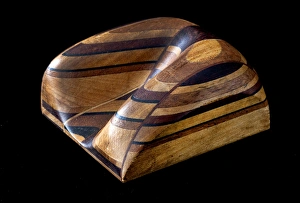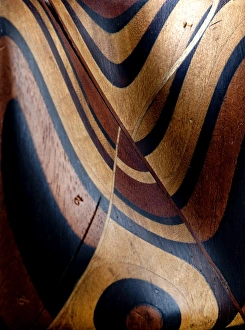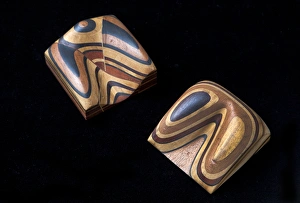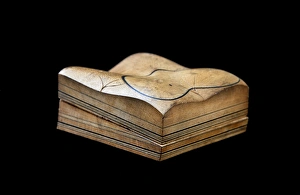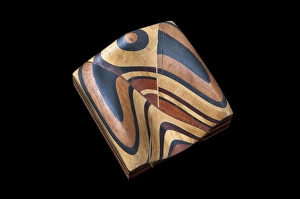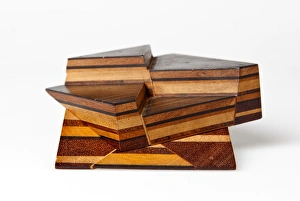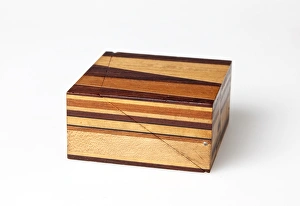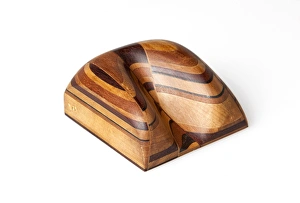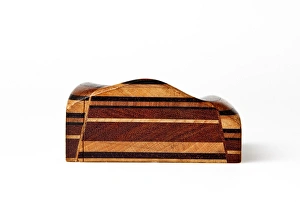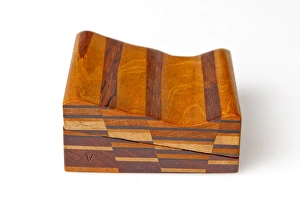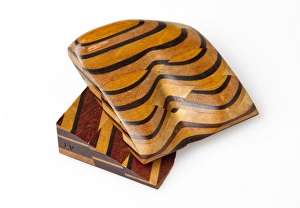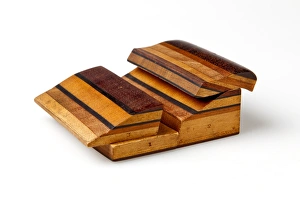Faulting Collection
In the quaint coastal village of Millook Haven, Poundstock, Cornwall, back in 1905, a groundbreaking study on faulting was conducted
All Professionally Made to Order for Quick Shipping
In the quaint coastal village of Millook Haven, Poundstock, Cornwall, back in 1905, a groundbreaking study on faulting was conducted. Led by the renowned geologist Thomas Sopwith and his team of experts, they embarked on an expedition that would shed light on the intricate workings of our planet's geological formations. Using various models developed by Sopwith himself, such as the Sopwith Model XII which focused on denudation of mineral veins and the Sopwith Model VII which explored surface denudation of veins, they delved deep into understanding faulting processes. These models proved to be invaluable tools in unraveling nature's secrets. One particular model that caught their attention was the Sopwith Model II. It revealed fascinating insights into coal strata near Newcastle and showcased how faulting played a significant role in shaping these deposits over time. The team marveled at how intersecting mineral veins were formed as depicted by the Sopwith Model VI and further studied vertical intersecting veins using the precise measurements provided by the Sopwith Model XI. As their research progressed, they discovered that faulting not only caused denudation but also led to dislocations within coal strata as demonstrated by both the Sopwith Models V and IV respectively. This realization challenged previously held beliefs about fallacious coal indications prevalent during that era. The findings from this comprehensive study emphasized how crucial it is to comprehend faulting mechanisms for accurate geological interpretations. By meticulously examining surface denudation through detailed observations with instruments like those used in the Sopwith Models VII and XII, researchers gained valuable knowledge about mineral vein denudation. This captivating journey through time showcases how dedicated scientists like Thomas Sopwith paved new paths in understanding Earth's dynamic processes. Their meticulous exploration forever changed our perception phenomena while leaving an indelible mark on scientific history.


